QuestionWe got a labrador pup in December. She is now 3 months old. We also have a 14=yr old beagle and a 6-yr old Cocker. The cocker is definately and has always been the pack leader.
The pup has always pursued the cocker as a playmate but lately every time she is let out of her crate, she pursues the older dog, and their playing has gotten much rougher. The pup bares her teeth and the hair on the back of her neck will stand up while they are nipping at each other. She will not listen to any correction and the only way to stop her is to re-crate her.
I feel like I'm always putting her back in the crate with a firm NO - but she is still not getting the message that we don't want her to fight.
Bottom line - when she's out of the crate - she's fighting until she is put back in.
I tried putting a leash on her while she was out - my only description of that scene was "Mechanical Bull" - that's exactly how she acted- raising her back legs and kicking and trying to get away - I was afraid that I would hurt her neck, so I put her back in the crate -again.
Will this behavior get better as she gets a little older? Is this partly "puppy" behavior? What can I do to stop it?
AnswerThe key to most behavior problems is approaching things using the dog's natural instincts. Dogs see all the people and dogs in the household as a pack with each having their own rank in the pack and a top dog. Life is much easier if the 2 legged pack members outrank the 4 legged ones. You can learn to play the role of top dog by reading some books or going to a good obedience class. A good obedience class or book is about you being top dog, not about rewarding standard commands with a treat. Start at http://www.dogsbestfriend.com/ For more on being top dog, see http://www.dogbreedinfo.com./topdogrules.htm
''Elevation for small puppies: Sit on the floor and gently put your hands around your pup's middle, below his front legs, and lift him up. He is facing you. Hold him for 15 seconds. Repeat until he no longer struggles. If he is past 10-12 weeks, lift his front feet off the ground, but don't pick him up.
Cradling for small puppies: Hold your puppy gently on his back, as you would cradle a small baby. If he struggles, hold him firmly until he quiets for 10-15 seconds. With larger pups, you can do this as your sit on the floor, with your pup between your legs.
Quiet lying down: Place your pup on the floor on his side, with all 4 legs pointing away from you. Use your hands on his neck/shoulder area and middle, to hold him in this position. When he is quiet, praise him. Lengthen the time that you keep him quietly in this position. When he accepts this position well, handle his paws and muzzle, while keeping him quiet.''
The quotes mean this isn't my original work. It is copied from my Puppy Raising Manual. I have long used these or minor variations of them, and they are very effective. You may want to give him a belly rub while he is on his back too. Helps bonding. There is a big difference between him rolling over and demanding a belly rub, and you choosing a time to roll him over and rub his belly. The latter cements your place as pack leader.
We are struggling with a 6 month old Lab that even the above isn't enough. I sometimes modify the quiet lying down above by holding her mouth shut to keep her from barking and biting. We too have a 14 year old dog. We are using a spray bottle with a little vinegar inthe water and giving her a shot in the face when she goes after the older dog. Our last 9 puppies have been much easier to handle.

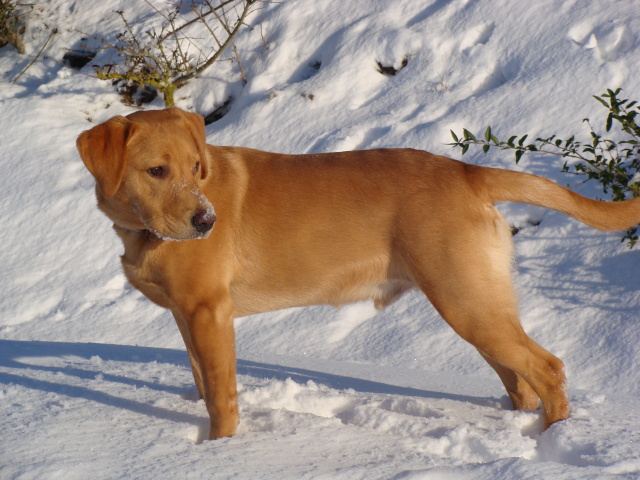 Fox Red/Yellow Lab size query
Question
Hi,
I have a 6 1/2 Fox Red/Yellow lab (Pedig
Fox Red/Yellow Lab size query
Question
Hi,
I have a 6 1/2 Fox Red/Yellow lab (Pedig
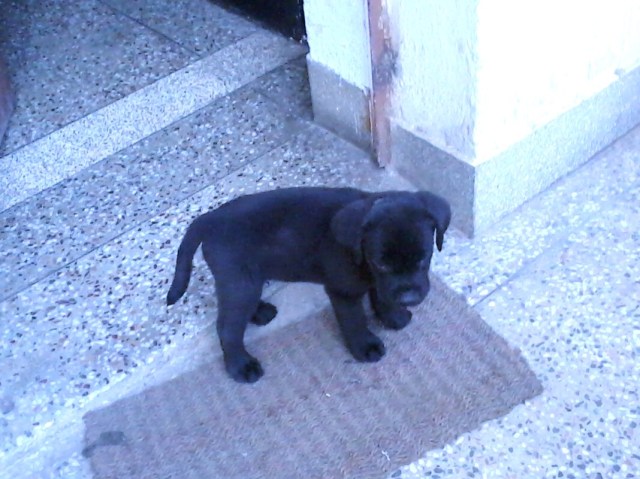 labrador diet
Question
striker
i have a black male Labrador of 4 mont
labrador diet
Question
striker
i have a black male Labrador of 4 mont
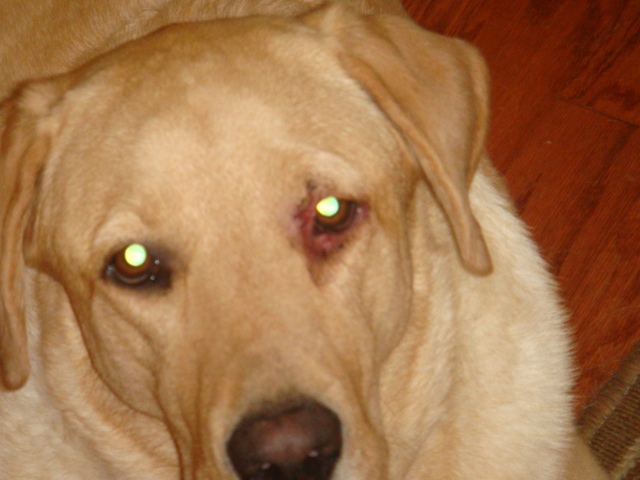 pink rim around eye
Question
his eye
i have a pure yellow lab and hes 3 yrs
pink rim around eye
Question
his eye
i have a pure yellow lab and hes 3 yrs
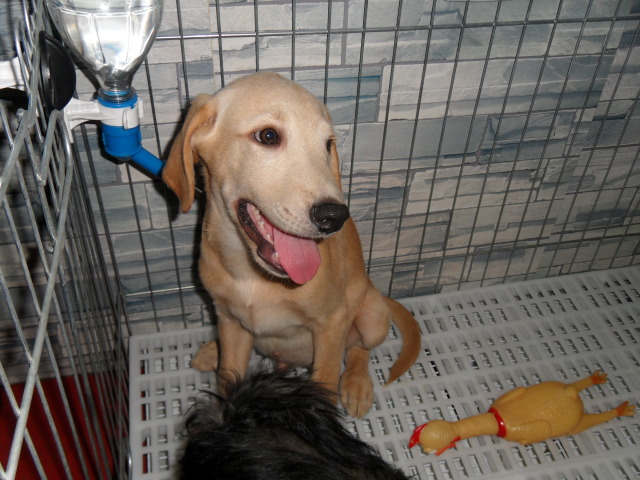 Is my dog a pure-bred lab?
Question
Sort of top view
Hi. I recently received
Is my dog a pure-bred lab?
Question
Sort of top view
Hi. I recently received
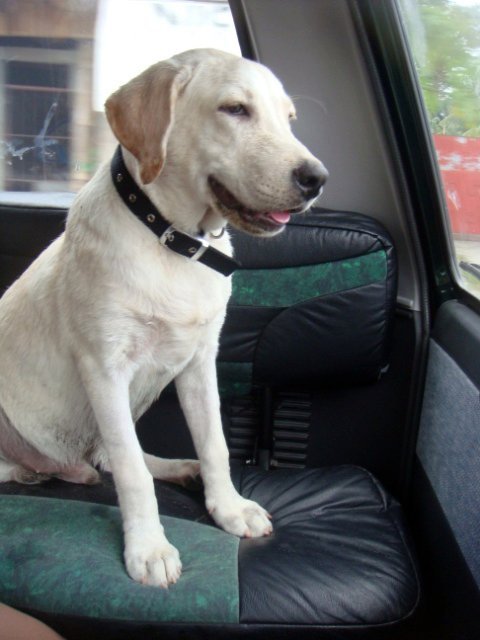 Dog breed
Question
Puto.
We have crossed bred dogs in the house a
Dog breed
Question
Puto.
We have crossed bred dogs in the house a